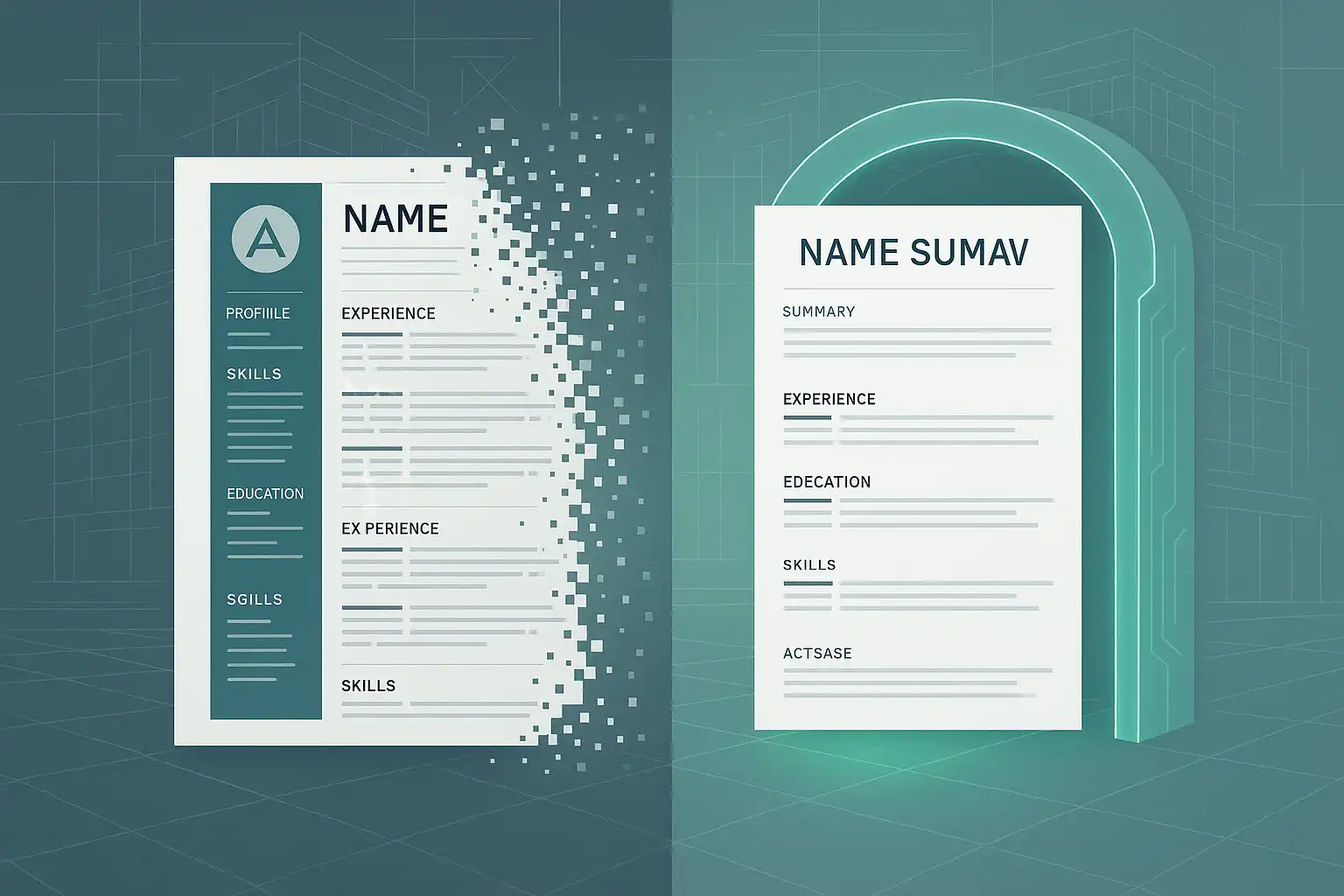- Home
- Articles
- Architectural Portfolio
- Architectral Presentation
- Inspirational Stories
- Architecture News
- Visualization
- BIM Industry
- Facade Design
- Parametric Design
- Career
- Landscape Architecture
- Construction
- Artificial Intelligence
- Sketching
- Design Softwares
- Diagrams
- Writing
- Architectural Tips
- Sustainability
- Courses
- Concept
- Technology
- History & Heritage
- Future of Architecture
- Guides & How-To
- Art & Culture
- Projects
- Interior Design
- Competitions
- Jobs
- Store
- Tools
- More
- Home
- Articles
- Architectural Portfolio
- Architectral Presentation
- Inspirational Stories
- Architecture News
- Visualization
- BIM Industry
- Facade Design
- Parametric Design
- Career
- Landscape Architecture
- Construction
- Artificial Intelligence
- Sketching
- Design Softwares
- Diagrams
- Writing
- Architectural Tips
- Sustainability
- Courses
- Concept
- Technology
- History & Heritage
- Future of Architecture
- Guides & How-To
- Art & Culture
- Projects
- Interior Design
- Competitions
- Jobs
- Store
- Tools
- More
Can Architecture Be Remote? Exploring Opportunities, Tools, and Challenges
Can architecture thrive remotely? Explore how technology is reshaping the field through tools like BIM, 3D modeling, and virtual collaboration. From challenges in creative ideation to opportunities in global teamwork, this article examines the potential, limitations, and future of remote architecture in balancing flexibility and the craft's essence.

The way we work has undergone a massive shift, and architecture is no exception. As remote work becomes the norm across industries, we’re left wondering—can architecture, a field so deeply rooted in collaboration and physical spaces, truly thrive in a remote setting? It’s a question that challenges traditional practices and sparks innovation.
We’ve seen how technology bridges gaps, allowing architects to design, communicate, and even manage projects from anywhere. But does this flexibility come with limitations? From virtual site visits to digital collaboration tools, the possibilities seem endless, yet the challenges are just as real. Let’s explore whether architecture can fully embrace this remote revolution or if some aspects of the craft are irreplaceable.

Table of Contents
ToggleUnderstanding Remote Architecture
Remote architecture utilizes digital tools to enable design, communication, and project management from any location. Architects collaborate through platforms like BIM software, cloud storage systems, and real-time communication tools to work efficiently without being physically present.
Key components like 3D modeling, clash detection, and rendering use advanced software, ensuring project accuracy and visualization. For example, tools like AutoCAD, Revit, and Rhino streamline processes by enabling remote updates and sharing.
While remote architecture expands flexibility, it also relies on strong communication infrastructures. Virtual meetings, email chains, and instant messaging platforms maintain team alignment, but challenges may arise in translating physical site details into digital designs.
Benefits Of Remote Architecture
Remote architecture offers distinct advantages by leveraging technology and redefining traditional workflows. It enhances productivity while creating opportunities for both architects and stakeholders.

Flexibility And Work-Life Balance
Remote architecture provides architects with flexible schedules by removing geographic constraints. This flexibility allows professionals to optimize their working hours, improving overall productivity. Work-life balance sees significant gains as architects can allocate time to personal commitments without compromising project deadlines.
Cost Savings For Firms And Clients
Using remote architecture reduces costs for firms by minimizing expenses like office space, utilities, and transportation. Clients also experience savings through efficiencies in design revisions and project coordination. Digital processes limit logistical delays, ensuring budgets remain better controlled.
Access To Global Talent
Remote collaboration enables firms to tap into international talent pools. This broadens access to specialized skills and expertise, improving design quality. It allows architects from diverse regions to contribute unique perspectives, stimulating innovation and expanding project possibilities.
Challenges Of Remote Architecture
Remote architecture, while offering flexibility, introduces distinct challenges that must be addressed for projects to succeed. These challenges impact collaboration, technological reliability, and creative workflows.

Collaboration And Communication Hurdles
Coordination among team members and clients becomes complex when relying solely on virtual tools. Misinterpretations arise from limited nonverbal cues during video calls or messaging. For instance, design feedback requiring clarity may get delayed due to time zone differences or insufficient explanations. Real-time brainstorming is less effective without the dynamic flow of face-to-face interactions. These obstacles often hinder seamless teamwork, particularly in larger, multidisciplinary projects.
Technology And Security Concerns
Remote architecture depends heavily on advanced software platforms and stable internet connections. Interruptions, like connectivity issues or software malfunctions, disrupt workflows and delay deliverables. Data security also poses risks, especially when exchanging sensitive design files through cloud-based systems. Unauthorized access to client information or intellectual property breaches undermine trust and operational integrity if adequate safeguards are absent.
Managing Creative Processes Remotely
Fostering creativity in a remote setting requires structured approaches, as spontaneous ideation is harder to replicate virtually. Tools for sketching, modeling, and rendering can’t fully substitute in-person design sessions where tactile feedback and collaboration enhance outcomes. Aligning creative visions across dispersed teams becomes challenging without immediate physical interaction, potentially leading to mismatched expectations in design execution.
Tools And Technologies Enabling Remote Architecture
Remote architecture depends on reliable tools and technologies to bridge the gap between physical spaces and virtual workflows. These solutions enhance collaboration, streamline design processes, and secure data sharing for project success.

Virtual Collaboration Platforms
Platforms like Zoom, Microsoft Teams, and Slack enable seamless communication between architects, clients, and consultants. We use these tools for virtual meetings, instant messaging, and screen sharing, ensuring clarity during discussions. Features like shared whiteboards and integrated task management improve real-time collaboration, fostering teamwork despite physical distances.
BIM And 3D Modeling Software
Building Information Modeling (BIM) and 3D modeling software serve as foundational tools for remote architectural design. Applications like Revit, AutoCAD, and SketchUp allow us to create detailed models, perform clash detection, and visualize designs with precision. These tools support remote updates and version control, ensuring team alignment. Advanced functionalities like parametric design in Grasshopper enhance innovation while meeting project requirements.
Cloud-Based File Sharing And Storage
Cloud solutions such as Google Drive, Dropbox, and Autodesk Construction Cloud facilitate secure file storage and sharing. We rely on these platforms to access and update project files in real-time, avoiding delays caused by physical transfers. Version tracking ensures accountability, while encryption safeguards sensitive architectural data. Scalability and accessibility make these tools indispensable for remote architecture projects.
Case Studies Highlighting Remote Architecture Success

International Collaboration on a Cultural Center
A global architecture firm designed a cultural center entirely through remote collaboration. Teams in the US, Europe, and Asia used BIM platforms like Revit and real-time communication tools like Slack to share updates and resolve issues. 3D models allowed quick iterations, while virtual reality tools enabled stakeholders to review designs without traveling. This approach reduced project timelines by 20% and cut costs for both the firm and the client.
Residential Development with Remote Coordination
A residential development project in Australia successfully incorporated remote practices. Architects, engineers, and contractors used cloud platforms like Autodesk Construction Cloud for document sharing and task management. Drones streamed site data to remote architects, ensuring accurate design adjustments. Remote workflows saved $200,000 in travel expenses and ensured that diverse specialists could contribute from different locations.
Sustainable Design for an Educational Facility
An architecture firm remotely designed an eco-friendly educational building in Canada. Teams leveraged 3D modeling software like SketchUp and energy simulation tools to optimize the design for sustainability. Weekly virtual meetings ensured seamless coordination, and augmented reality applications allowed real-time visualization for the client. This remote process shortened the planning phase by 15% while maintaining design quality.
Urban Planning Through Virtual Collaboration
A metropolitan urban planning project in South America utilized virtual collaboration to reimagine public spaces. The use of GIS software combined with remote coordination tools like Zoom and Trello streamlined communication between architects, planners, and local governments. This strategy facilitated continuous design iterations, avoided scheduling conflicts, and resulted in a 25% increase in stakeholder satisfaction.
High-Tech Office Complex Designed Remotely
A high-tech office complex in Silicon Valley demonstrated the potential of cloud-based workflows. Teams relied on tools like AutoCAD and Rhino for design and rendering, ensuring precision in every phase. Digital twins allowed the integration of advanced features like automated lighting and HVAC systems. The project upheld deadlines, even with entirely remote processes, proving architecture’s adaptability in a virtual setting.
Future Of Remote Architecture
Remote architecture is evolving as technology advances, creating new possibilities for the industry. Artificial intelligence (AI) and machine learning are revolutionizing design solutions by automating tasks like generative design, material optimization, and clash detection. These innovations enhance efficiency while allowing architects to focus on creativity and strategic planning.
Virtual reality (VR) and augmented reality (AR) are transforming client engagement. By integrating VR walkthroughs and AR overlays, architects provide immersive project experiences, enabling stakeholders to visualize designs before construction begins. These tools reduce miscommunications and help refine ideas early in the process.
The growth of global teams is driving the adoption of international workflows. Firms are utilizing cultural perspectives and expertise across continents to develop groundbreaking projects. Advanced time zone management tools and real-time communication platforms further streamline global collaboration.
Sustainability practices are becoming integral to remote architecture. Cloud-based simulations assess environmental impacts, while digital collaboration minimizes on-site visits and resource consumption. This shift supports eco-friendly strategies, aligning with global sustainability goals.
Blockchain technology is ensuring project security. Smart contracts and decentralized data storage protect sensitive information and streamline administrative tasks like payments and approvals. This reduces risks tied to digital operations.
Investment in emerging technologies will determine the trajectory of remote architecture. As firms integrate innovative solutions, remote architecture has the potential to redefine how our industry designs and executes projects.

Conclusion
Remote architecture demonstrates that traditional boundaries in the architectural field can be redefined using advanced tools and collaborative technologies. By leveraging platforms like BIM, 3D modeling software, and real-time communication tools, we can tackle design and management challenges without being physically present. These tools improve accessibility, foster global collaboration, and support innovative workflows.
While creative ideation and site-specific nuances present obstacles, structured processes and evolving technologies like AI and VR continue bridging gaps in remote practices. Firms adopting these innovations are unlocking opportunities for improved efficiency, sustainability, and cross-cultural engagement. As remote architecture evolves, we must balance this flexibility with solutions that preserve the tactile and collaborative essence of the craft.
- architecture and remote collaboration
- architecture challenges in remote work
- architecture in the digital age
- architecture innovation and remote work
- architecture remote office setup
- architecture remote opportunities
- architecture technology for remote work
- architecture work from home
- challenges in remote architecture
- future of remote architecture
- online tools for architects
- remote architecture design
- remote architecture projects
- remote architecture tools
- remote architecture tools and software
- remote architecture work
- remote work in architecture
- virtual architecture practice
- virtual collaboration in architecture
- working remotely as an architect
Submit your architectural projects
Follow these steps for submission your project. Submission FormLatest Posts
How Architects Can Pick the Perfect AI Resume Builder—A Practical Buyer’s Guide
Nearly every major architecture firm now routes applications through an applicant tracking...
Brand Strategy for Architects and Designers
Today, architects and designers must build strong brands that reflect their vision...
Why Students Choose to Study Architecture: Unpacking Passion and Career Opportunities
Explore the compelling reasons students choose to study architecture in this insightful...
Architecture Salary: How Much Do Architects Earn in 2025?
Discover the diverse salary landscape in architecture! From entry-level roles to leadership...












Leave a comment